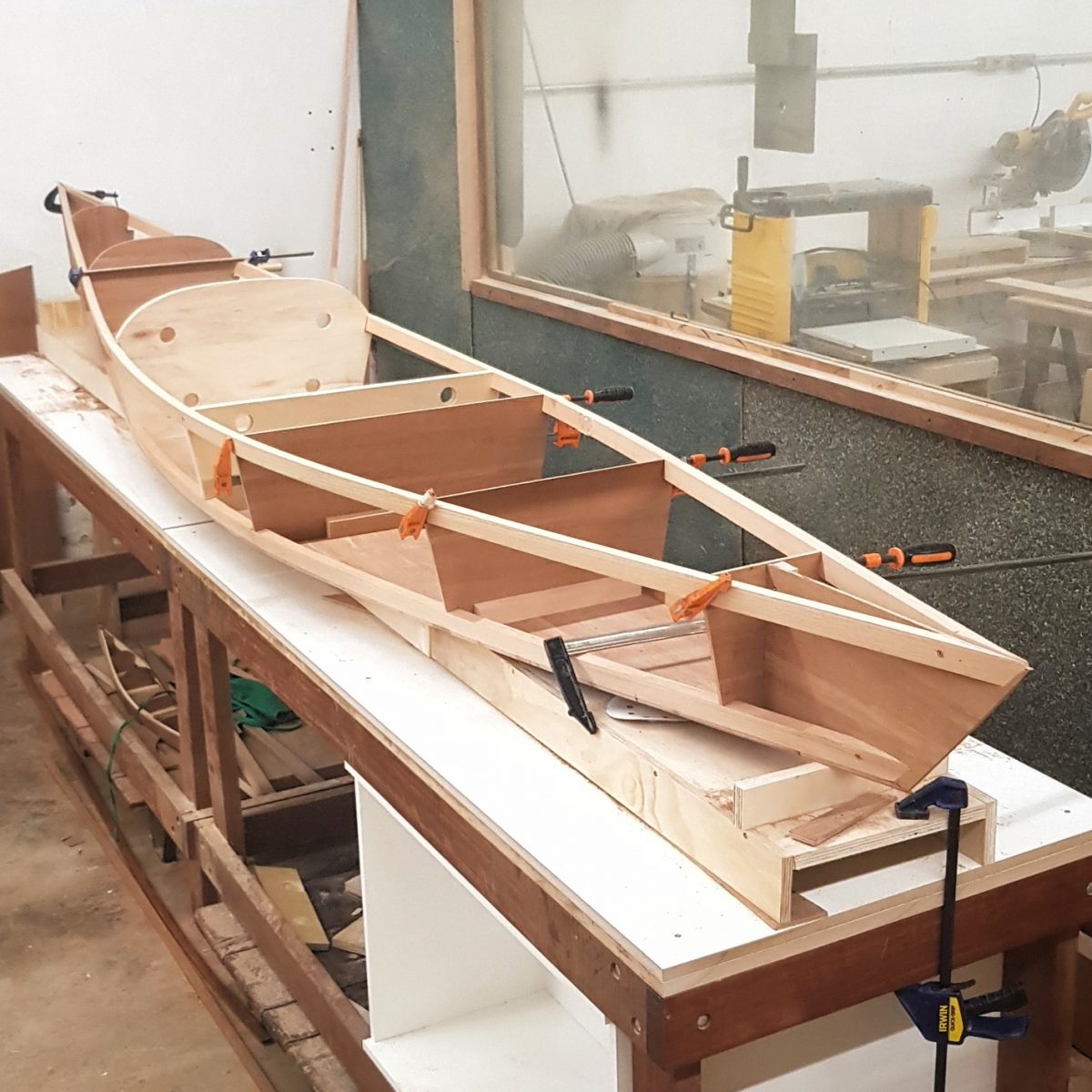
Wooden Canoe Building 101: A Simple DIY Approach
Building a wooden canoe is a challenging but deeply rewarding endeavor. It’s an opportunity to connect with traditional craftsmanship, create a beautiful and functional piece, and experience the joy of paddling a vessel you built with your own hands. While the process may seem daunting at first, this guide aims to demystify the process and provide a simplified approach for beginners.
Choosing Your Design and Materials
Before diving into construction, you need to choose your design and materials. This decision will shape the entire building process.
Design Selection
There are countless canoe designs available, from classic, traditional styles to modern, streamlined options. Consider these factors:
- Purpose: Will your canoe primarily be used for recreational paddling, fishing, or whitewater?
- Skill Level: Choose a design that matches your building experience. Beginners might opt for simpler, more forgiving designs.
- Length and Width: These dimensions impact stability, speed, and carrying capacity. Research different sizes to find what suits your needs.
- Material: Traditional canoe building often uses cedar for its strength and rot resistance. Other options include pine, spruce, and even plywood.
Material Selection
The choice of wood is crucial to the canoe's durability and aesthetic.
- Cedar: Lightweight, strong, and naturally rot-resistant. It's a popular choice for traditional canoe building.
- Pine: Less expensive than cedar but slightly heavier and less rot-resistant.
- Spruce: Strong and lightweight, often used for ribs and stringers.
- Plywood: Offers durability and affordability but can be heavier than solid wood.
Tools and Equipment
Building a wooden canoe requires a range of tools and equipment. You can find most of them at hardware stores or online retailers.
- Hand Plane: Shaping and smoothing wood surfaces.
- Chisel: Cutting precise shapes and removing wood.
- Saw: Cutting wood to size, including a handsaw, coping saw, and jigsaw.
- Sandpaper: Smoothing and finishing wood surfaces.
- Clamps: Holding pieces together during assembly.
- Measuring Tape and Ruler: Accurately measuring and marking wood.
- Pencil and Marking Gauge: Marking lines and transferring measurements.
- Workbench: A stable surface for working on the canoe.
- Safety Glasses and Gloves: Protecting your eyes and hands from flying debris.
The Building Process
The specific steps involved in canoe building vary depending on the chosen design. However, the general process typically includes:
1. Building the Frames
The frame forms the basic shape of the canoe. It's typically made of ribs and stringers, which are connected by joints and secured with epoxy or glue.
- Cut and Shape Ribs: Ribs are curved pieces of wood that form the cross-section of the canoe.
- Attach Stringers: Stringers are long pieces of wood that run along the length of the canoe, providing longitudinal support.
- Assemble Frames: Connect the ribs and stringers to form the canoe’s frames.
2. Planking
Planking refers to attaching thin strips of wood (planks) to the frame to create the canoe's hull.
- Cut Planks: Cut planks to the appropriate size and shape.
- Steam Bending (Optional): If the design requires it, steam bending can be used to create curved planks.
- Attaching Planks: Attach the planks to the frame using epoxy, glue, or traditional methods like copper rivets or wooden dowels.
3. Finishing and Refinement
Once the planking is complete, the canoe needs finishing and refinement.
- Sanding: Sand the hull smooth to create a fair surface.
- Applying Filler: Fill any gaps or imperfections with wood filler.
- Applying Finish: Apply a protective finish to the hull, such as varnish or paint.
- Installing Seats and Other Features: Install seats, decks, and other desired features.
Tips for Success
Building a wooden canoe can be challenging, but following these tips can increase your chances of success.
- Choose a Design Within Your Skill Level: Start with a simple design if you're new to woodworking.
- Plan Thoroughly: Study the plans carefully and gather all the necessary materials before starting.
- Practice on Scrap Wood: Practice your woodworking skills on scrap wood before working on the actual canoe.
- Take Your Time: Rush will lead to mistakes. Work slowly and carefully to ensure accuracy.
- Seek Guidance: If you encounter difficulties, seek advice from experienced canoe builders or online forums.
Conclusion
Building a wooden canoe is a rewarding experience that combines skill, craftsmanship, and a connection to nature. By following this guide, you can embark on this journey and create a beautiful and functional vessel that you can enjoy for years to come. Remember to prioritize safety, be patient with the process, and above all, have fun!
0 comments:
Post a Comment
Note: Only a member of this blog may post a comment.